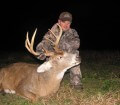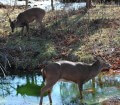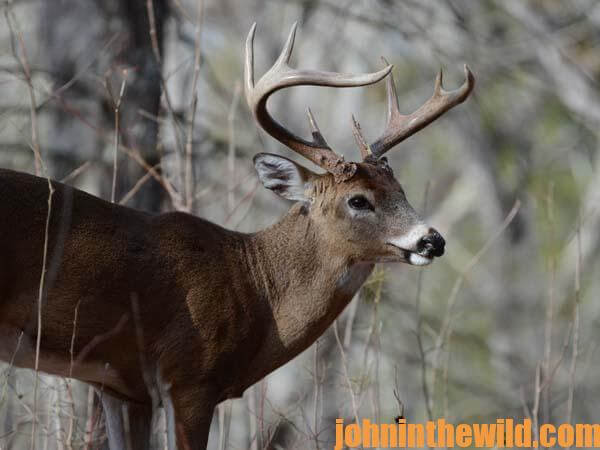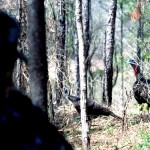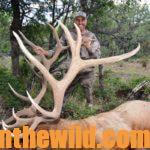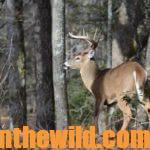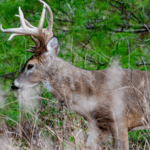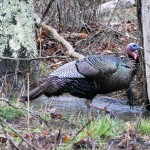John’s Note: The easiest way to bag a buck, which may eat 5-9 pounds of 300+ foods per day, is through his stomach. Learn which foods are what deer like best and also when and why they eat.
Even though the hunger pains in a deer’s stomach direct him toward a preferred food source, the deer doesn’t lose all his instincts because of his stomach. In areas where there is high hunting pressure, especially around a favorite food source like a green field or an agricultural crop, the deer may show up for the first day or two. Then they may vanish. A keen observer soon will discover that the deer are still utilizing the food in the field but are primarily coming to the field at night.
 There are several ways to continue to hunt deer using green fields or agricultural crops when the hunting pressure is on:
There are several ways to continue to hunt deer using green fields or agricultural crops when the hunting pressure is on:
* Follow the trail away from the field into the woods. Try to intercept the deer either early or late, as he comes to or goes away from the field where he’s feeding.
* Reduce the amount of hunting pressure on the particular field that a group of deer are using. If you and your hunting companions have several fields to hunt, don’t allow hunting on all the fields all the time. Save a few fields to hunt for later on in the season. By reducing the amount of hunting pressure on a particular field, you often can keep the deer feeding in that field all season long.
* Look for an alternate food source. If there is much hunting pressure on a particular food source, even though it is a deer’s preferred food, the animal may change its feeding patterns and start feeding on an alternate type of food, since his preferred food is almost inaccessible due to intense hunting.
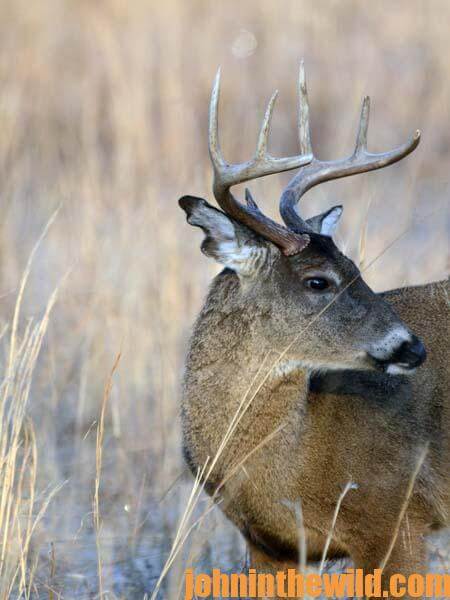 When the Food’s Gone:
When the Food’s Gone:
If there are high concentrations of deer in the region you hunt, the animals soon may devour all of the preferred food in a short time. Oftentimes inclement weather may destroy the food source that you’ve been hunting over. Or, as mentioned earlier, hunting pressure may cause the deer to leave their preferred food source and search out another type of food. When this happens, the hunter who adjusts quickly to the deer’s changing feeding patterns will be the one who is most likely to take a buck.
When deer stop utilizing one food source, they don’t quit eating. The hunter who can determine what type of food the deer seem to prefer later in the season will be able to more consistently predict where a deer will show up. For instance, in the southern part of the country where I live, deer will begin feeding on agricultural crops and other browse during the late summer and fall. Then when the crops are harvested, and the acorns begin to fall, the animals usually will prefer acorns, or sometimes poke sallet. After that food is depleted, deer generally will start concentrating on green fields or blackberry bushes. During the cold winter months, oftentimes greenbriar (smilax) will most often be their preferred food. A hunter in our section, who watches these preferred foods and can tell when the deer leave one food source and go to another, usually will have at least a week to 2 weeks head start at taking a buck ahead of the hunters who are still hunting over the same food source that the deer were on before they changed. If you don’t have a lot of information about the area you plan to hunt, the wildlife biologist in your region may be your most-reliable source of information to keep you abreast of the deer’s changing feeding patterns.
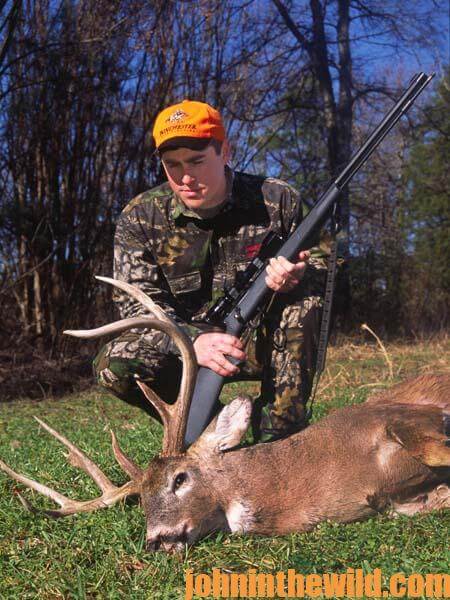 To get John E. Phillips’ eBooks and print books on hunting deer, “How to Hunt and Take Big Buck Deer on Small Properties,” “How to Hunt Deer Up Close: With Bows, Rifles, Muzzleloaders and Crossbows,” “PhD Whitetails: How to Hunt and Take the Smartest Deer on Any Property,” “How to Take Monster Bucks,” “How to Hunt Deer Like a Pro,” and “Bowhunting Deer: Mossy Oak Pros Know Bucks and Bows,” or to prepare venison, “Deer & Fixings,” click here.
To get John E. Phillips’ eBooks and print books on hunting deer, “How to Hunt and Take Big Buck Deer on Small Properties,” “How to Hunt Deer Up Close: With Bows, Rifles, Muzzleloaders and Crossbows,” “PhD Whitetails: How to Hunt and Take the Smartest Deer on Any Property,” “How to Take Monster Bucks,” “How to Hunt Deer Like a Pro,” and “Bowhunting Deer: Mossy Oak Pros Know Bucks and Bows,” or to prepare venison, “Deer & Fixings,” click here.
For information on making jerky from your deer to provide a protein-rich snack, you can download a free book from https://johninthewild.com/free-books.

